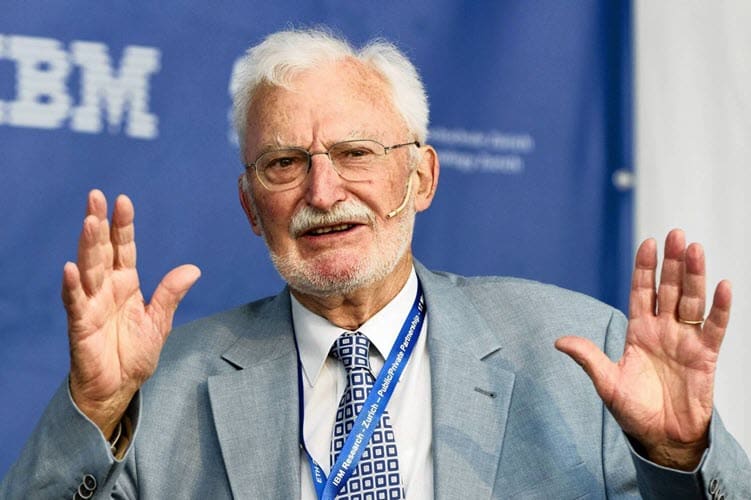Heinrich Rohrer: Exploring the Nanoscale World with the Scanning Tunneling Microscope

Heinrich Rohrer (6 June 1933 – 16 May 2013) was a Swiss physicist who made significant contributions to the field of nanotechnology. He was awarded the Nobel Prize in Physics in 1986.
Life and Career
He was born on 6 June 1933, in Buchs, Switzerland. He received his education in physics at the Swiss Federal Institute of Technology (ETH) in Zurich, where he earned his Ph.D. in 1960. After completing his Ph.D., he worked as a researcher at the University of California, Berkeley, before returning to ETH Zurich to join the IBM Zurich Research Laboratory in 1963.
At IBM, Rohrer and his colleague, Gerd Binnig, developed the scanning tunneling microscope (STM) in 1981. The STM enabled scientists to observe and manipulate individual atoms on surfaces, leading to significant advances in nanotechnology and surface science. For their work on the STM, Rohrer, and Binnig were awarded the Nobel Prize in Physics in 1986.
In addition to his work on the STM, Rohrer made important contributions to other areas of physics, including solid-state physics, surface physics, and superconductivity. He continued to work at IBM until his retirement in 1997, after which he served as a professor of physics at the University of Zurich.
He died on 16 May 2013, in Wollerau, Switzerland.
Award and Legacy
He was awarded the Nobel Prize in Physics in 1986, together with his colleague Gerd Binnig, for their invention of the scanning tunneling microscope (STM). He received numerous awards and honors throughout his career, including the Balzan Prize in 1985 and the Japan Prize in 1993. He was also elected to the National Academy of Sciences and the Royal Society, among other prestigious scientific organizations. These awards and honors reflect the significant contributions that Rohrer made to the field of physics and nanotechnology during his lifetime.
His legacy is significant, as his work on the STM has had a profound impact on the field of nanotechnology. The STM has enabled scientists to observe and manipulate individual atoms, leading to the development of new materials and technologies. Rohrer’s contributions to physics and nanotechnology continue to inspire and influence researchers today.
Observer Voice is the one stop site for National, International news, Sports, Editor’s Choice, Art/culture contents, Quotes and much more. We also cover historical contents. Historical contents includes World History, Indian History, and what happened today. The website also covers Entertainment across the India and World.

